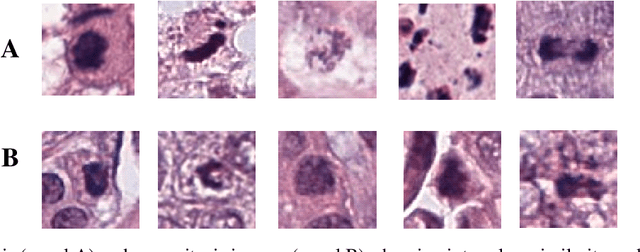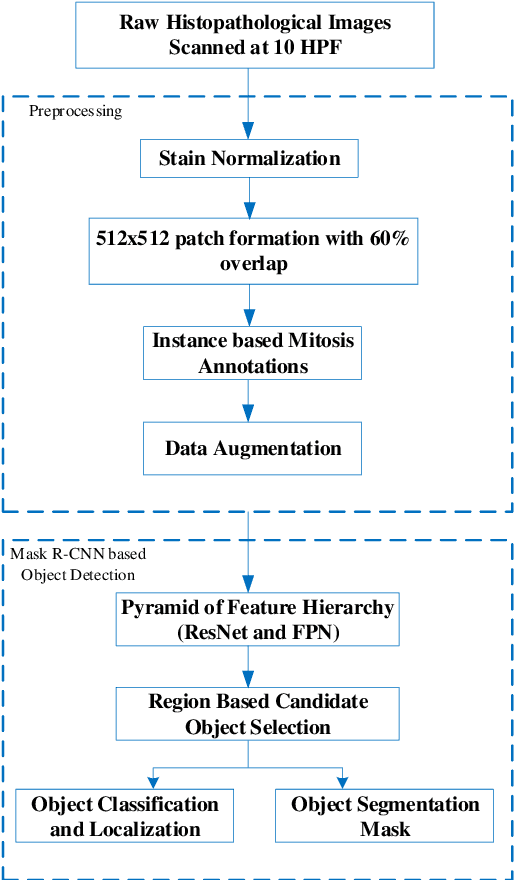Muhammad Mohsin Zafar
Deep Neural Networks based Meta-Learning for Network Intrusion Detection
Feb 18, 2023Abstract:Designing an intrusion detection system is difficult as network traffic encompasses various attack types, including new and evolving ones with minor changes. The data used to construct a predictive model has a skewed class distribution and limited representation of attack types, which differ from real network traffic. These limitations result in dataset shift, negatively impacting the machine learning models' predictive abilities and reducing the detection rate against novel attacks. To address the challenge of dataset shift, we introduce the INformation FUsion and Stacking Ensemble (INFUSE) for network intrusion detection. This approach further improves its predictive power by employing a deep neural network-based Meta-Learner on top of INFUSE. First, a hybrid feature space is created by integrating decision and feature spaces. Five different classifiers are utilized to generate a pool of decision spaces. The feature space is then enriched through a deep sparse autoencoder that learns the semantic relationships between attacks. Finally, the deep Meta-Learner acts as an ensemble combiner to analyze the hybrid feature space and make a final decision. Our evaluation on stringent benchmark datasets and comparison to existing techniques showed the effectiveness of INFUSE with an F-Score of 0.91, Accuracy of 91.6%, and Recall of 0.94 on the Test+ dataset, and an F-Score of 0.91, Accuracy of 85.6%, and Recall of 0.87 on the stringent Test-21 dataset. These promising results indicate the proposed technique has strong generalization capability and the potential to detect network attacks.
Deep Object Detection based Mitosis Analysis in Breast Cancer Histopathological Images
Mar 17, 2020



Abstract:Empirical evaluation of breast tissue biopsies for mitotic nuclei detection is considered an important prognostic biomarker in tumor grading and cancer progression. However, automated mitotic nuclei detection poses several challenges because of the unavailability of pixel-level annotations, different morphological configurations of mitotic nuclei, their sparse representation, and close resemblance with non-mitotic nuclei. These challenges undermine the precision of the automated detection model and thus make detection difficult in a single phase. This work proposes an end-to-end detection system for mitotic nuclei identification in breast cancer histopathological images. Deep object detection-based Mask R-CNN is adapted for mitotic nuclei detection that initially selects the candidate mitotic region with maximum recall. However, in the second phase, these candidate regions are refined by multi-object loss function to improve the precision. The performance of the proposed detection model shows improved discrimination ability (F-score of 0.86) for mitotic nuclei with significant precision (0.86) as compared to the two-stage detection models (F-score of 0.701) on TUPAC16 dataset. Promising results suggest that the deep object detection-based model has the potential to learn the characteristic features of mitotic nuclei from weakly annotated data and suggests that it can be adapted for the identification of other nuclear bodies in histopathological images.
 Add to Chrome
Add to Chrome Add to Firefox
Add to Firefox Add to Edge
Add to Edge